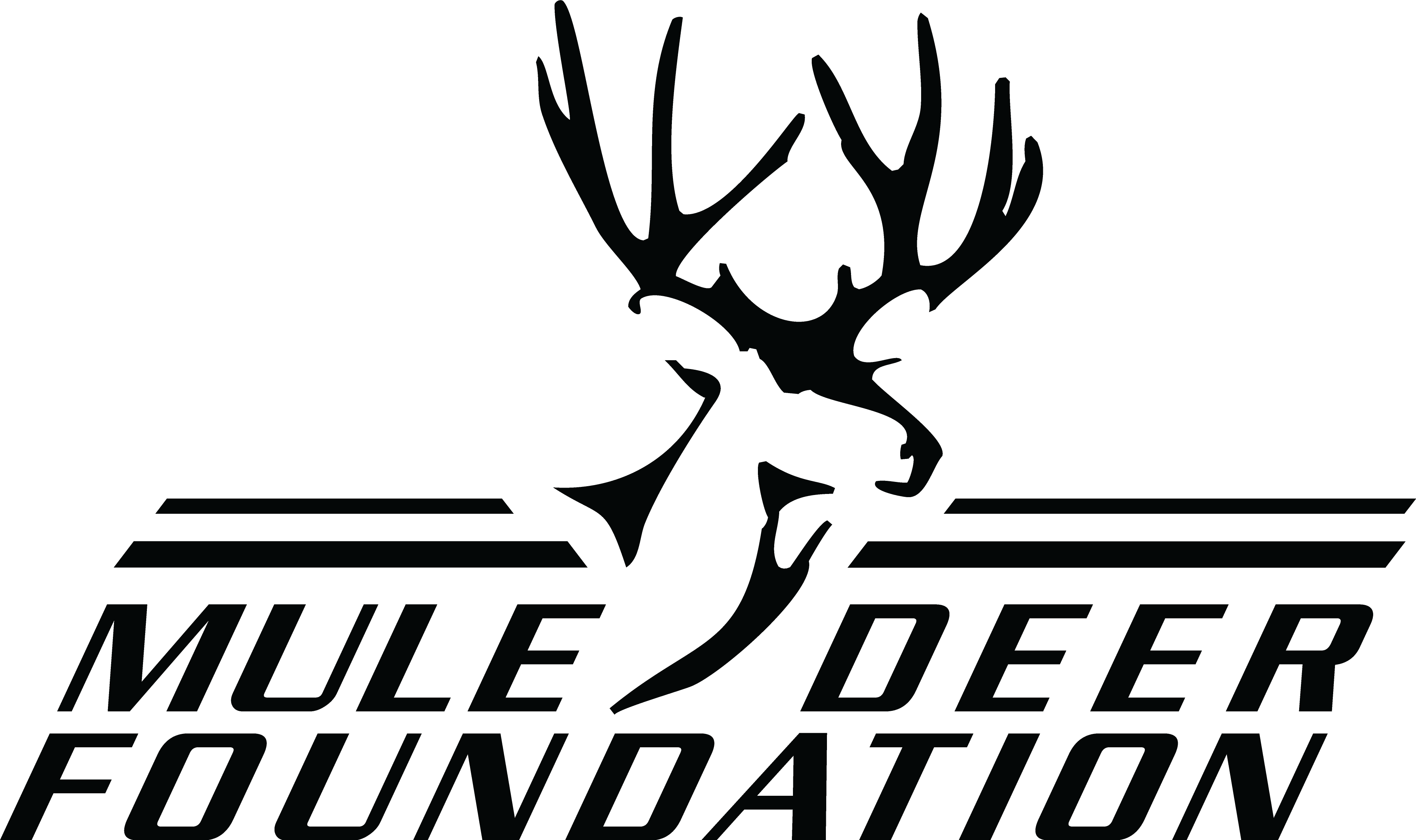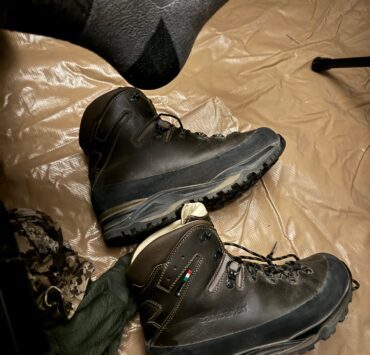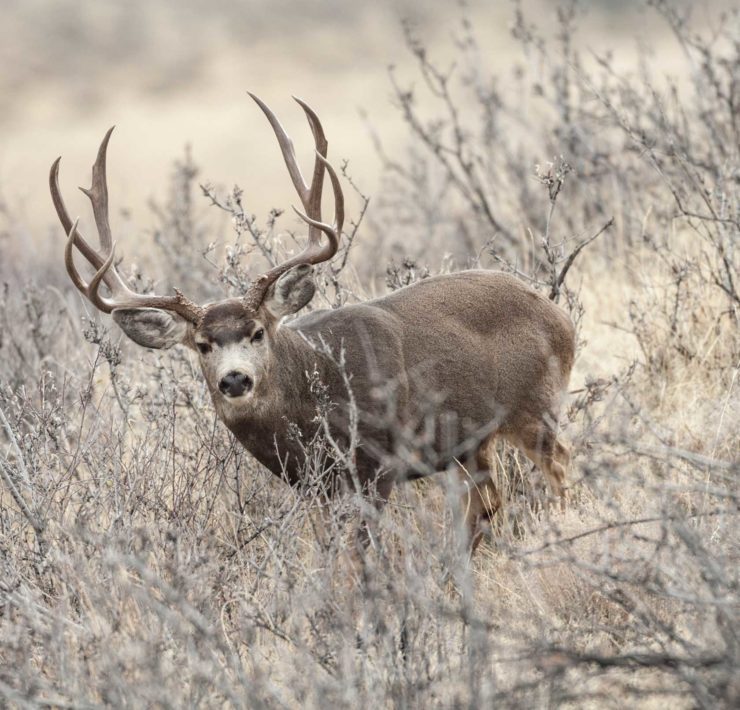SPICY, SMOKY BIRRIA RAMEN WITH CANADA GOOSE
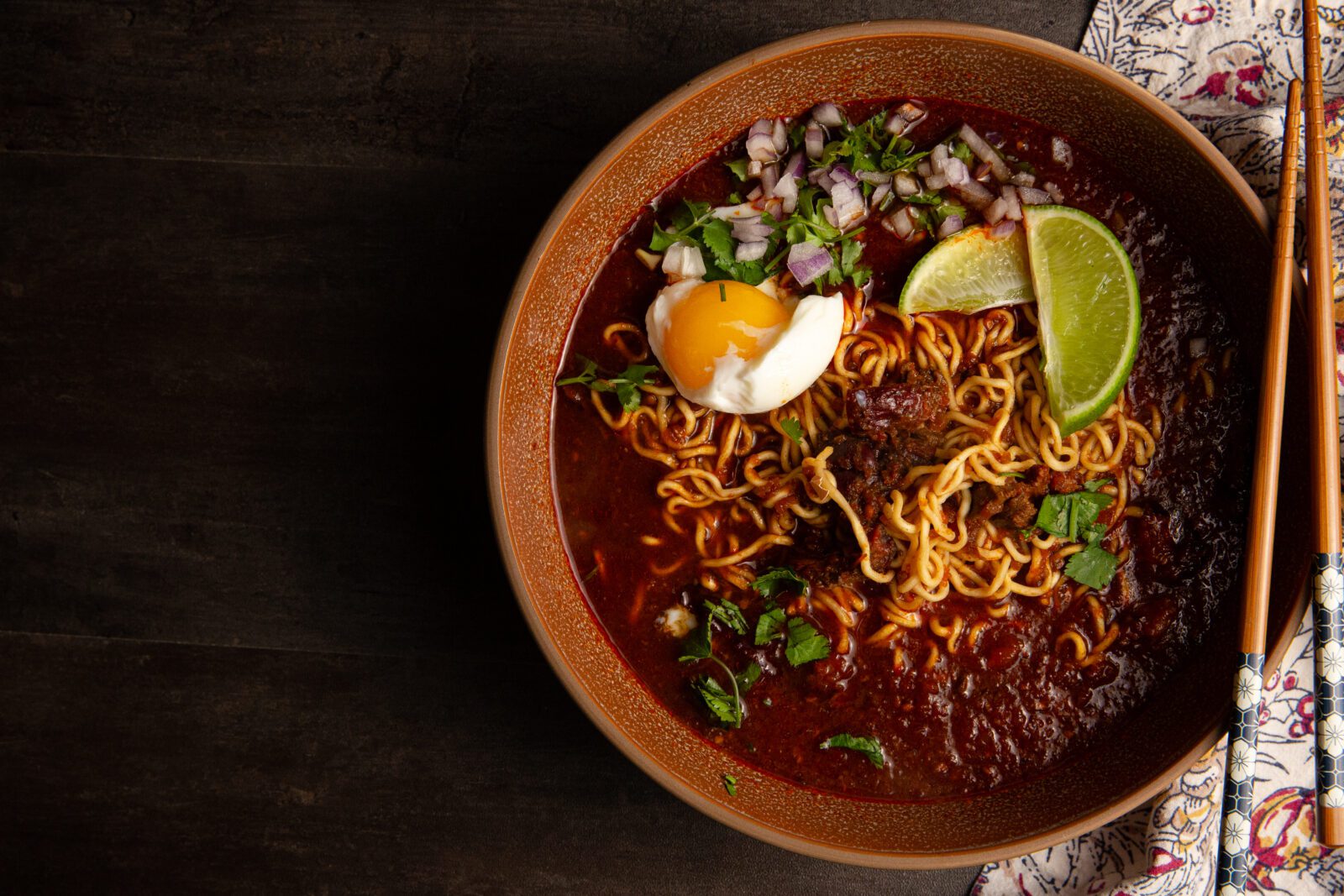
By: Jack Hennessy
Photo Credit: Jack Hennessy
Description:
Birria is a famous Mexican stew or soup made with chili peppers and traditionally goat meat. It originated in the areas of Jalisco and Michoacán, as I understand, but continues to grow in popularity worldwide, with many variations popping up on social media. Inspiration for this particular dish comes from @Jun.and.Tonic on Instagram as he combined birria with ramen, a traditional Japanese noodle soup. Immediately folks in Food52’s comments brought their pitchforks and claimed this wasn’t birria. Apparently they didn’t read: birria ramen.
The similarities between my variation and Jun’s basically ends with the concept. The recipe is vastly different, with the main difference being we are using Canada goose here and not beef.
I do recommend using legs for this as bones add a great deal of flavor and depth to this broth. Yes, you can use other waterfowl legs aside from Canada goose. This dish is a great reason to never leave another leg behind for the coyotes.
Yes, legs take a lot of time to tenderize, so be prepared to set aside at least 12 hours before planning to eat. I recommend a Crock Pot (minimum 6-quart size) for cooking and a steel china cap strainer for turning peppers into paste. Yes, some folks blend rehydrated peppers, but then you get the bits of pepper skin in broth, which I believe ruins the texture. Still, blending versus straining and turning peppers into paste is an option.
If you don’t own a smoker or don’t want to smoke goose and vegetables, you don’t have to. Just sear goose instead and roast vegetables until slightly charred and soft. Then proceed with rest of recipe.
Yes, this is an infusion. A lot of depth is present here—basically a rapid transit of flavor with each bite. You will find Asian-focused ingredients meant to lean more toward the ramen noodle soup aspect of this infusion. It’s not straight-up birria. Those who say that shouldn’t happen are likely the same folks chastising youth for using the word “ain’t,” claiming it isn’t a word, when the fact is words become words as language evolves and I’d argue it’s the same with food: dishes evolve and turn into something new and entirely acceptable, perhaps celebrated, just like ain’t—it’s been a word according to Merriam-Webster since 1993.
Ingredients:
- 2-1/2 pounds Canada goose, ideally four bone-in legs
- Kosher salt and freshly cracked black pepper
- Paste from 8 ounces each of dried ancho, chipotle morita, and guajillo chile peppers
- 2-1/2 pounds on-the-vine tomatoes, smoked
- Olive oil
- 1 medium yellow onion, sliced and smoked
- 2-1/2 tablespoons freshly minced garlic
- 12 ounces Negra Modelo
- 32 ounces beef stock
- 1/2 cup apple juice
- 1/4 cup soy sauce
- 1/4 cup mirin sweet rice wine
- 1/2 teaspoon rice vinegar
- 2 tablespoons brown sugar
- 1 teaspoon cumin
- 1 teaspoon paprika
- 1/2 teaspoon oregano
- 1/2 teaspoon coriander
- 14 ounces ramen noodles, cooked
- Optional garnishes: Freshly sliced jalapeños, finely minced red onion, freshly chopped cilantro, poached egg, sliced limes
Cooking Instructions:
- Lightly salt and pepper all Canada goose cuts. Slice medium onion into 3-4 rings and lightly oil tomatoes with olive oil. Smoke Canada goose cuts, tomatoes, and onion slices for 2 hours at 200 degrees Fahrenheit.
- Meanwhile, in a large pot, bring water to a low simmer and add dried chile peppers. Rehydrate for an hour then put through a stainless steel china cap strainer. Make sure to drain water. Mashing chiles a little further helps release water to drain. Do not overcrowd strainer but push rehydrated chiles through sieve, creating a paste on the outside. A sturdy, thick spoon or pestle helps here. Have a bowl underneath to catch paste. Use rubber spatula to scrape outside sides of strainer to get leftover paste to drop into bowl. Continue putting rehydrated chile peppers through cap strainer until done. You should have 1 to 1-1/2 cups of paste from this. Set aside.
- When goose, tomatoes, and onion slices are done smoking, add to a food processor (or blender, preferably), lightly salt and pepper and blend thoroughly with 3-4 fresh garlic cloves. Add contents to a Crock Pot (minimum 6-quart size) along with 12 ounces Negra Modelo, 32 ounces beef stock, 1/2 cup apple juice, 1/4 cup soy sauce, 1/4 cup mirin sweet rice wine, 1/2 teaspoon rice vinegar, 2 tablespoons brown sugar, 1 teaspoon cumin 1, teaspoon paprika, 1/2 teaspoon oregano, and 1/2 teaspoon coriander.
- Add goose legs into Crock Pot and set to high for 5 hours. After 5 hours, remove goose and use a knife to trim off as much meat as possible and add back to pot. There will likely be meat still on bone so add those bones back to Crock Pot, as well. Turn setting to low and heat for another minimum 3 hours or longer, until meat is fork tender. Salt to taste (add sprinklings of salt until maximum flavor comes out—so broth has zero tones of blandness—but careful not to oversalt. Broth SHOULD NOT taste salty, ever).
- When Canada goose is fork tender and falling apart easily (not tough still), boil ramen noodles and strain water. Serve ramen noodles in individual bowls and ladle in broth from Crock Pot along with shredded bits of Canada goose. Top with everything and anything from a poached egg, freshly sliced jalapeños, lime slices, freshly chopped cilantro, and/or finely minced red onion (or whatever else you like).

Enjoy! Reach out to me on Instagram (@WildGameJack) with any questions or comments.
Get Cooking:
As always, Good luck this winter and remember to send any success pictures or stories from the field to [email protected] and you could be featured on our website or in our magazine. If this article or any of our articles have helped you become a better hunter or conservation steward, consider becoming a member of the Mule Deer Foundation or the Blacktail Deer Foundation or both. Click here to join: https://muledeer.org/product-category/membership/ or https://www.blacktaildeer.org/
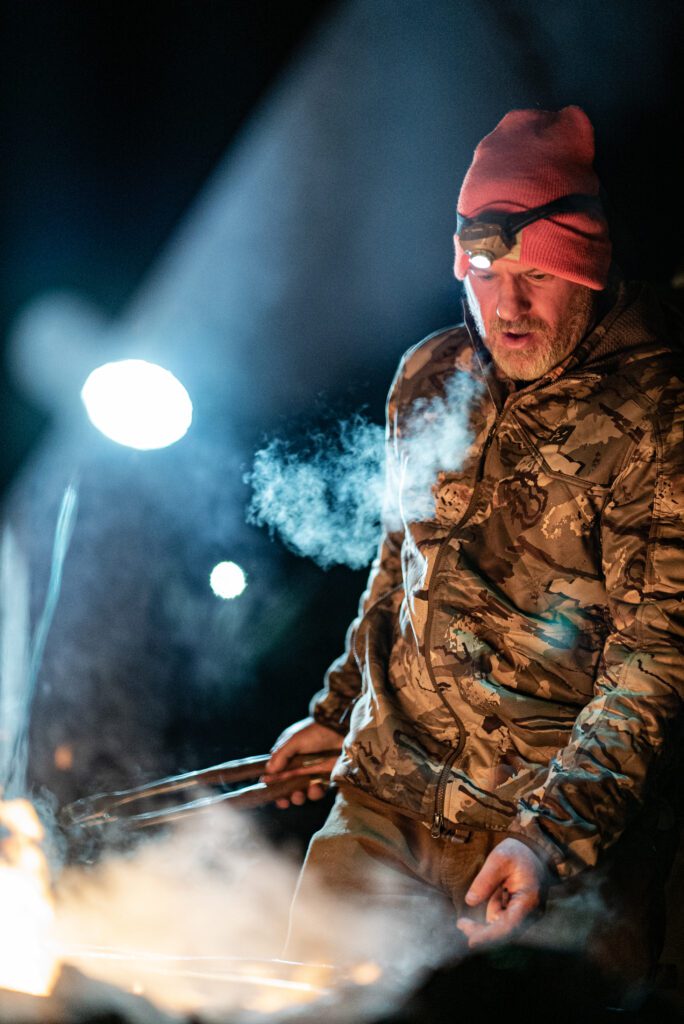
Jack Hennessy @WildGameJack
Jack Hennessy grew up south of Chicago, started hunting at the age of 26 when attending graduate school in Spokane, Washington. Since then he has combined his love of cooking with the outdoors. He lives in south-central Kansas where he hunts whitetails and chases roosters with his Wirehaired Vizsla, Dudley.


